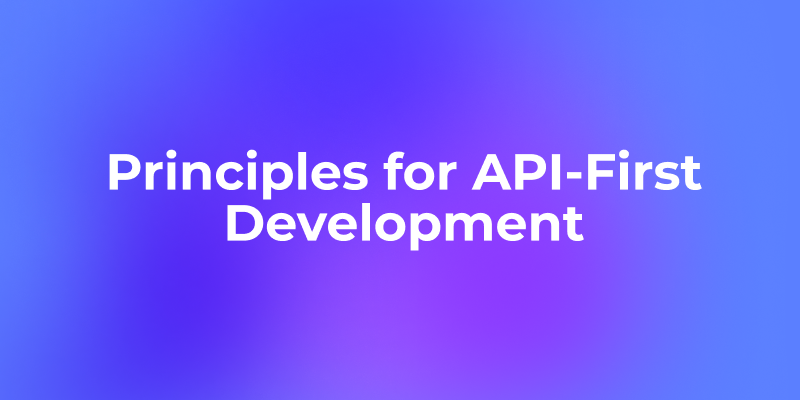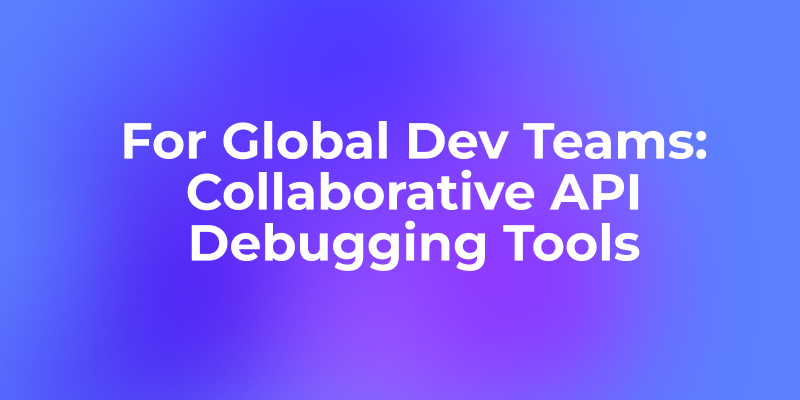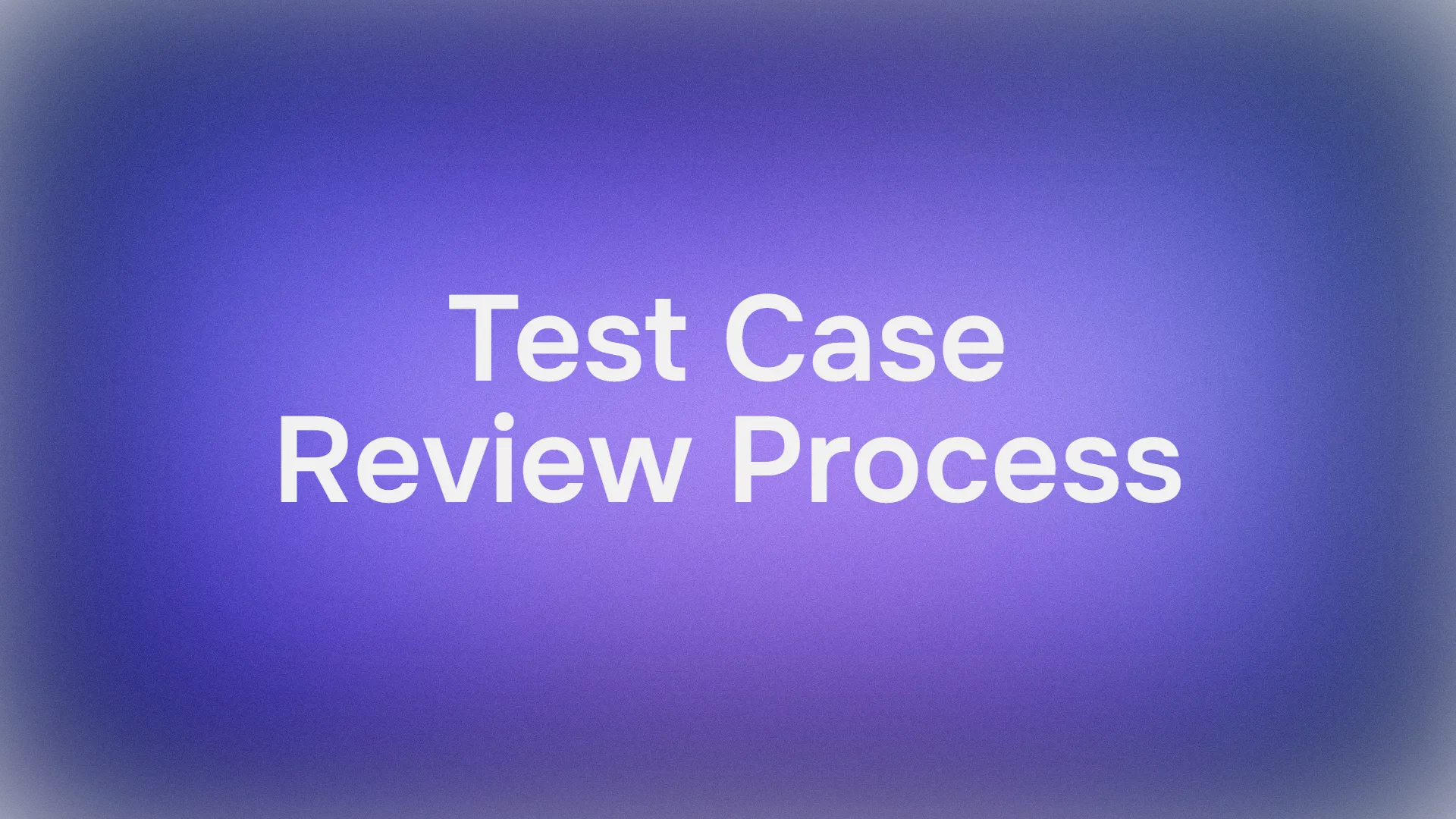In the rapidly evolving digital landscape, APIs are the invisible engines powering everything from mobile apps to enterprise integrations. But building great APIs isn’t just about writing code—it’s about adopting an API-first mindset. API-first means designing, documenting, and treating APIs as foundational products, not afterthoughts. This approach ensures that every feature, integration, and user experience is built on a solid, reusable, and scalable API foundation.
Pro Tip: Want to accelerate your API-first journey? Apidog is the all-in-one platform for API design, development, testing, and documentation. Sign up today and experience seamless API-first development!
What is API-First Development?
API-first development is more than a buzzword. It’s a strategic approach where APIs are designed and agreed upon before any code is written. This contract-first methodology enables parallel development, reduces integration headaches, and ensures that APIs are consistent, secure, and easy to use.
By prioritizing the API from the outset, teams can avoid the pitfalls of retrofitting APIs onto existing products, which often leads to technical debt and integration challenges. Instead, API-first development lays the groundwork for scalable, maintainable, and future-proof systems.
The Five Core Principles of API-First Development
Let’s delve into the five essential principles that define true API-first development:
1. Treat Your API as a Product
APIs are not just technical interfaces—they are products with users, lifecycles, and value. When you treat your API as a product, you focus on the needs of its consumers, whether they are internal developers, partners, or third-party integrators.
This means investing in usability, clarity, and long-term maintenance. Comprehensive documentation, robust support, and thoughtful versioning become non-negotiable. By adopting a product mindset, you ensure that your API delivers real value, is easy to adopt, and can evolve gracefully over time.
| Aspect | API as a Product | API as a Feature |
|---|---|---|
| Design | User-centric, planned | Ad hoc, afterthought |
| Documentation | Comprehensive, maintained | Minimal, outdated |
| Support | Ongoing, responsive | Limited, reactive |
| Versioning | Managed, backward-compatible | Rare, breaking changes |
2. Design Before You Code (Foundational API-First Principle)
A true API-first approach means that API design comes before implementation. This foundational principle ensures that the API contract is defined, reviewed, and agreed upon by all stakeholders before any backend or frontend code is written.
Using specification formats like OpenAPI/Swagger, teams can create a clear blueprint for the API, reducing ambiguity and preventing costly rework. Early involvement of developers, testers, partners, and end users guarantees that the API meets real-world needs and is fit for purpose.
Rather than retrofitting APIs onto existing products, API-first development makes the API the cornerstone of your architecture, enabling flexibility and scalability from the start.
3. Foster Collaboration and Documentation
API-first is not just a technical standard—it’s a collaborative way of working. Successful API-first development requires close cooperation between backend, frontend, QA, and business teams.
Comprehensive, up-to-date documentation becomes the single source of truth, ensuring everyone is aligned and can work in parallel. Tools like Apidog make this collaboration seamless by centralizing API specs, mock data, and test cases. This enables teams to iterate quickly, gather feedback, and resolve issues early in the development process.
Real-time collaboration and feedback loops are essential for building APIs that are robust, user-friendly, and adaptable to changing requirements.
- Visual API design and branching for iterative improvement
- Automatic mock data generation for frontend-backend independence
- Real-time collaboration and feedback
4. Consistency, Reusability, and Standardization
Consistency is the hallmark of great APIs. By following naming conventions, error handling standards, and versioning rules, you create APIs that are predictable and easy to use.
Reusable APIs accelerate development, as teams can leverage existing components across multiple projects. Standardization ensures that APIs are secure, maintainable, and scalable.
Contract-driven development, where the API specification serves as the single source of truth, guarantees that all teams are working from the same playbook. This reduces confusion, minimizes bugs, and streamlines integration efforts.
| Benefit | Description |
|---|---|
| Faster Development | Teams can reuse existing APIs and patterns |
| Easier Integration | Predictable interfaces reduce learning curve |
| Improved Security | Standardized policies and access control |
| Better Maintenance | Fewer surprises, easier updates |
5. Testability, Automation, and Security by Design
APIs should be designed with testability, automation, and security in mind from day one. The API contract serves as the foundation for mocking, automated testing, and client SDK generation.
By planning for versioning, lifecycle management, and deprecation policies early, you ensure that your APIs can evolve without disrupting consumers.
Security considerations—such as authentication, authorization, and data validation—should be defined in the API spec and implemented consistently. Tools like Apidog enable automated response validation, visual assertions, and seamless CI/CD integration, making it easy to maintain high-quality, secure APIs at scale.
Why API-First Matters: The Benefits
Adopting an API-first approach delivers a host of benefits that can transform your development process and business outcomes.
- Parallel development becomes possible, as frontend and backend teams can work independently using the agreed-upon API contract. This accelerates delivery and reduces bottlenecks.
- Clear contracts prevent mismatches and rework, leading to fewer integration issues and smoother deployments.
- Well-documented APIs lower the learning curve for new developers, making onboarding faster and more efficient.
- Consistent, reusable APIs make it easy to add new features and integrations, supporting scalability and innovation.
- By defining security policies early, you reduce vulnerabilities and ensure compliance with industry standards.
Ultimately, API-first development lays the foundation for automation, microservices, and new business models, positioning your organization for long-term success.
Apidog: The Best API-First Development Tool
Apidog is the all-in-one platform designed to make API-first development a reality for modern teams. By unifying API design, development, and testing in a single collaborative environment, Apidog eliminates the need for fragmented tools like Postman and Swagger.
- Visual API design and branching support agile workflows, allowing teams to iterate quickly and efficiently.
- Automatic mock data generation enables parallel development, as frontend and backend teams can work independently without waiting for each other.
- Automated response validation catches discrepancies early, ensuring that APIs remain consistent with their specifications.
- Apidog’s user-friendly interface for visual assertions and variable extraction simplifies the creation of complex test cases, while full compatibility with Postman scripts allows teams to leverage their existing knowledge and assets.
- With direct database connectivity, robust microservices support, and self-hosted runner options, Apidog is perfectly suited for distributed, API-driven architectures.
- Seamless CI/CD integration ensures that your APIs are always tested, validated, and ready for deployment.

Ready to experience the best?
Sign up for Apidog now and transform your API-first development workflow.
Conclusion: Embrace API-First with Apidog
In the rapidly changing world of software, API-first is not just a methodology—it’s a competitive advantage. By treating APIs as products, designing before coding, fostering collaboration, ensuring consistency, and building for testability and security, you lay the foundation for scalable, innovative, and resilient systems.
Apidog is your partner on this journey, offering a unified, feature-rich platform that brings API-first principles to life. Don’t let fragmented tools and outdated practices hold your team back. Delve into the future of API-first development—choose Apidog and empower your team to innovate, collaborate, and deliver with confidence.



